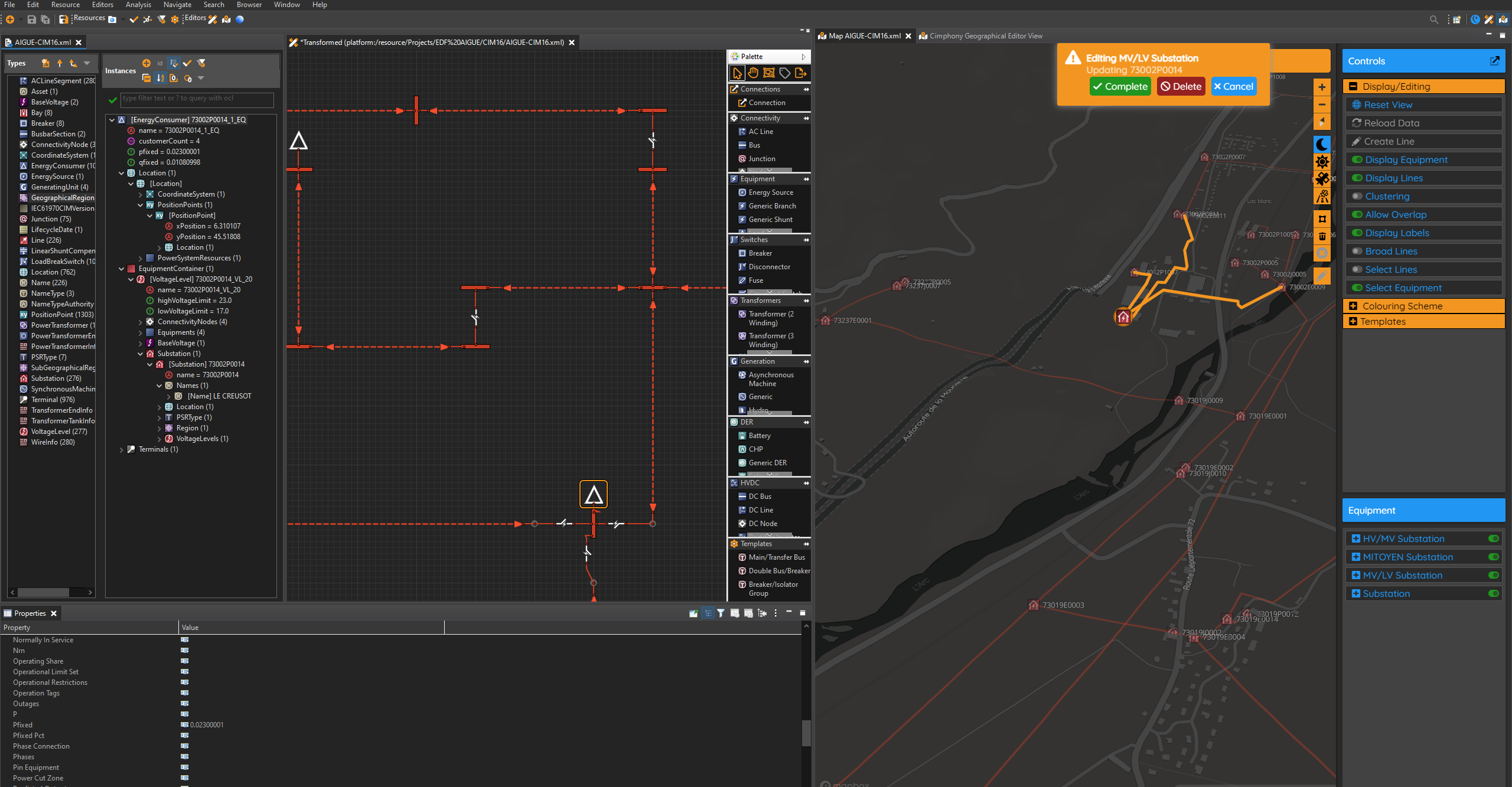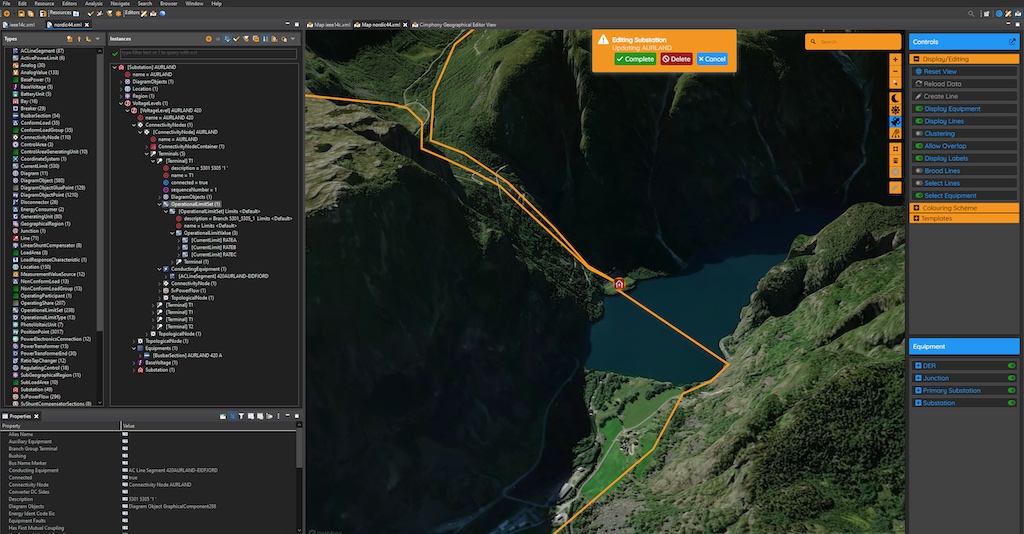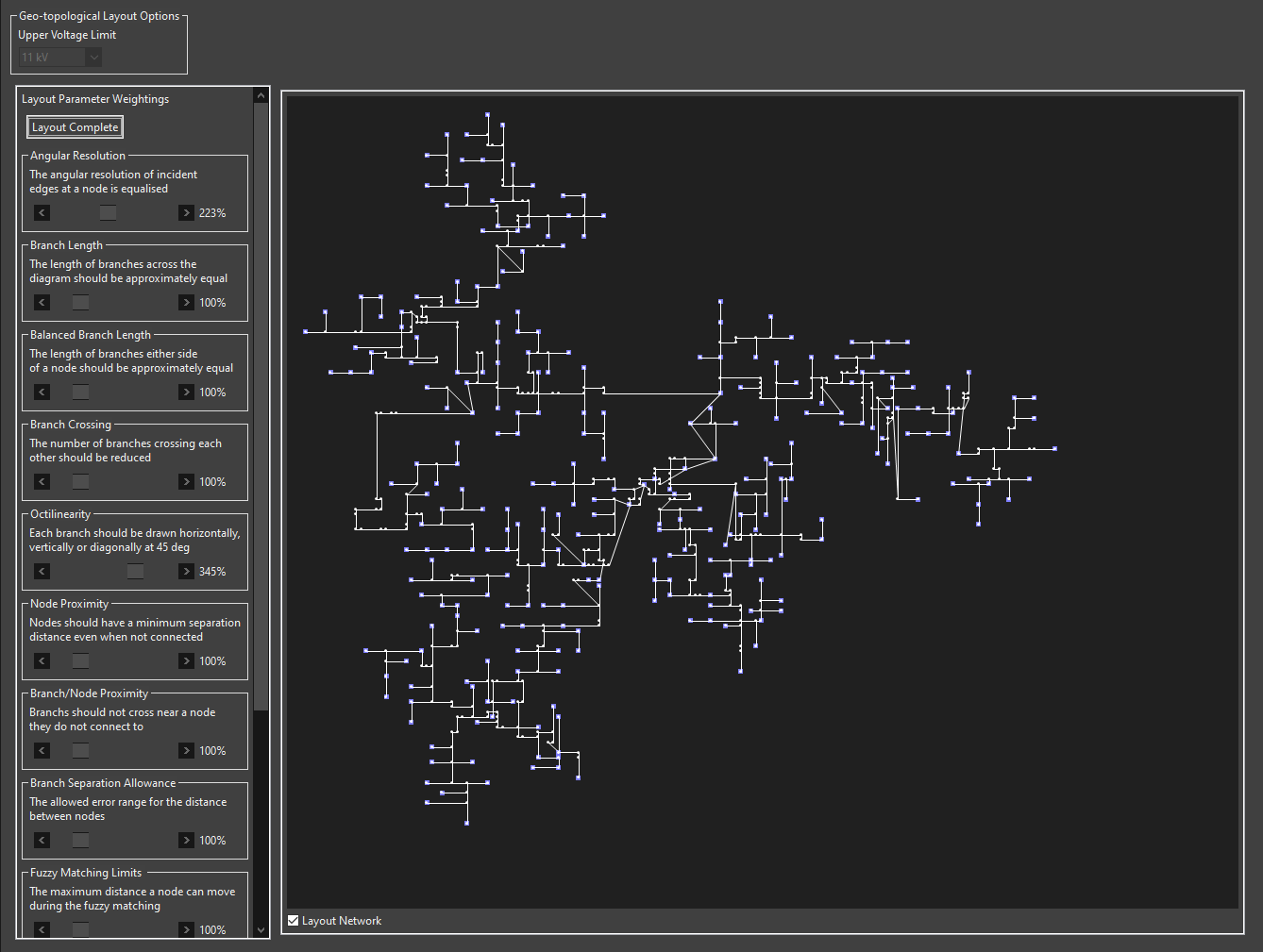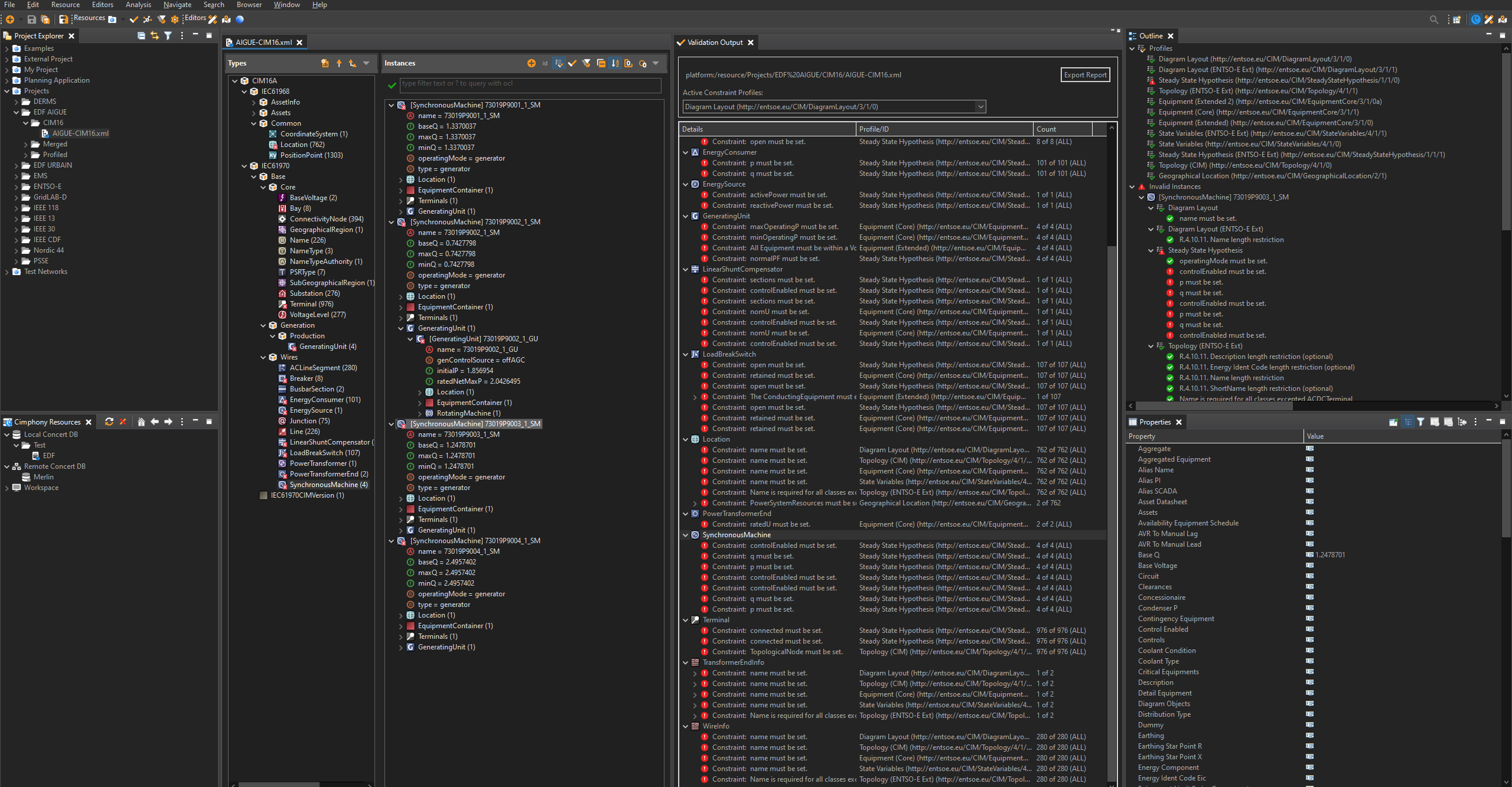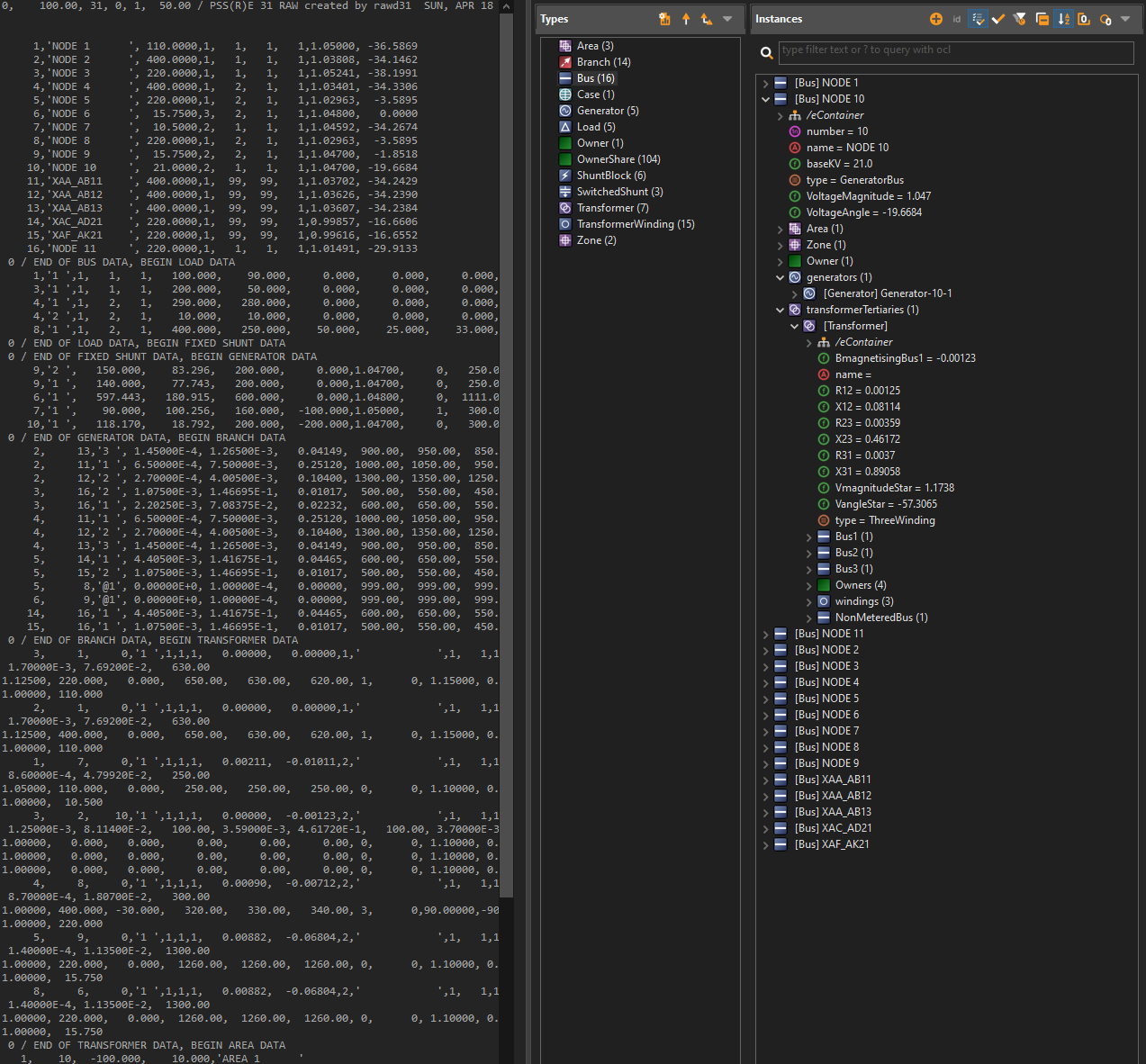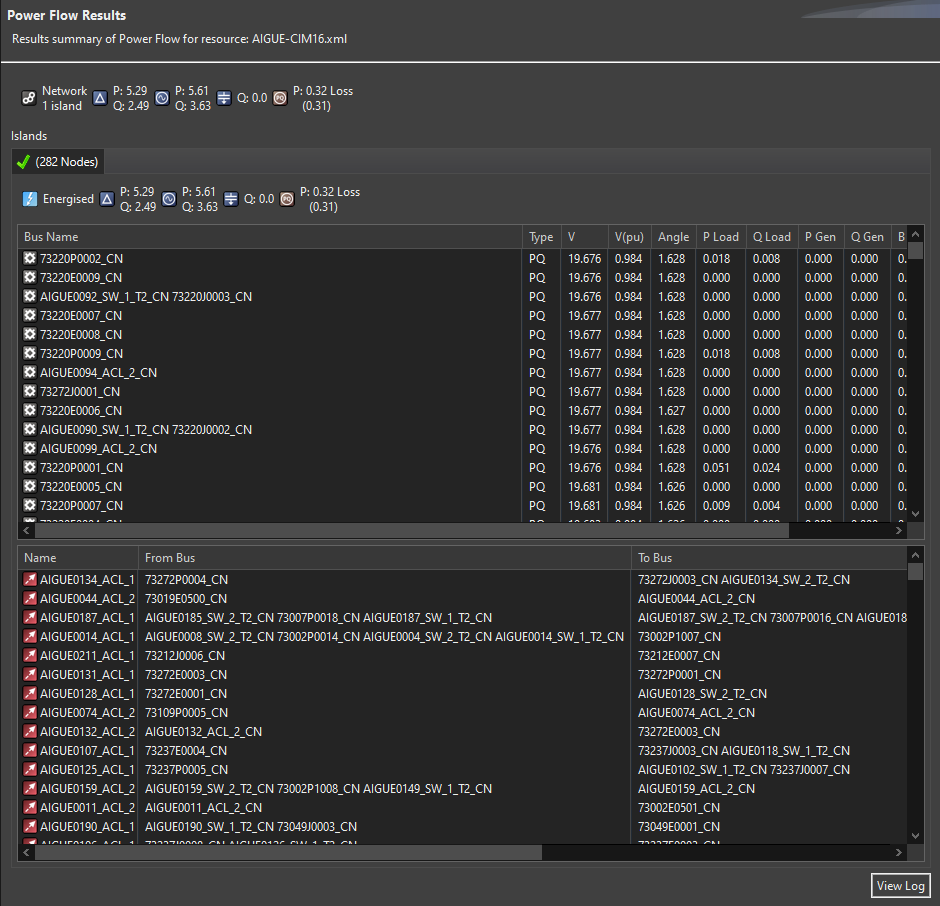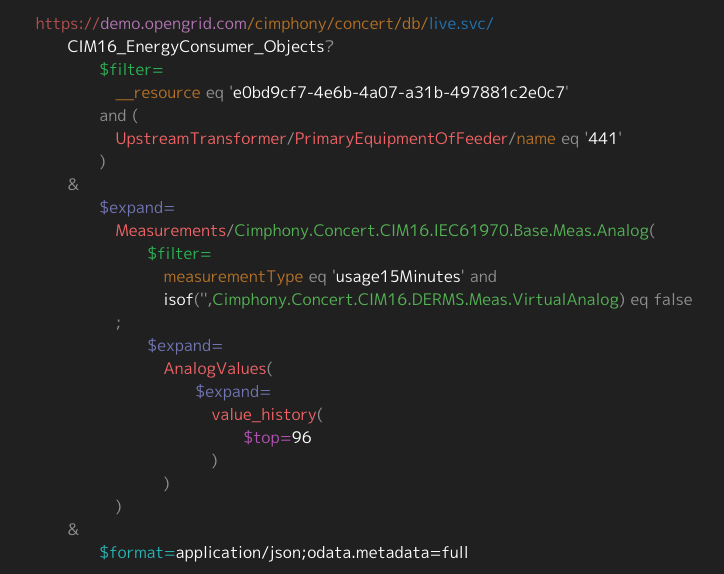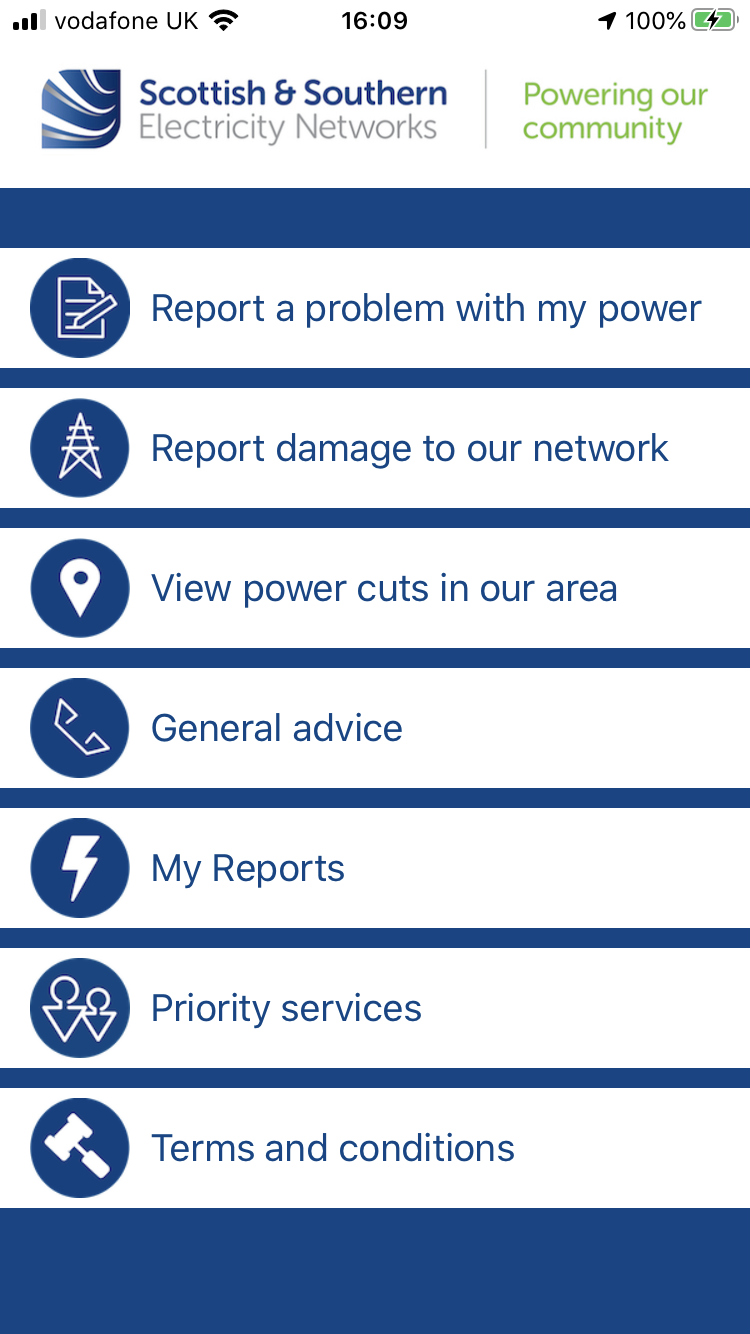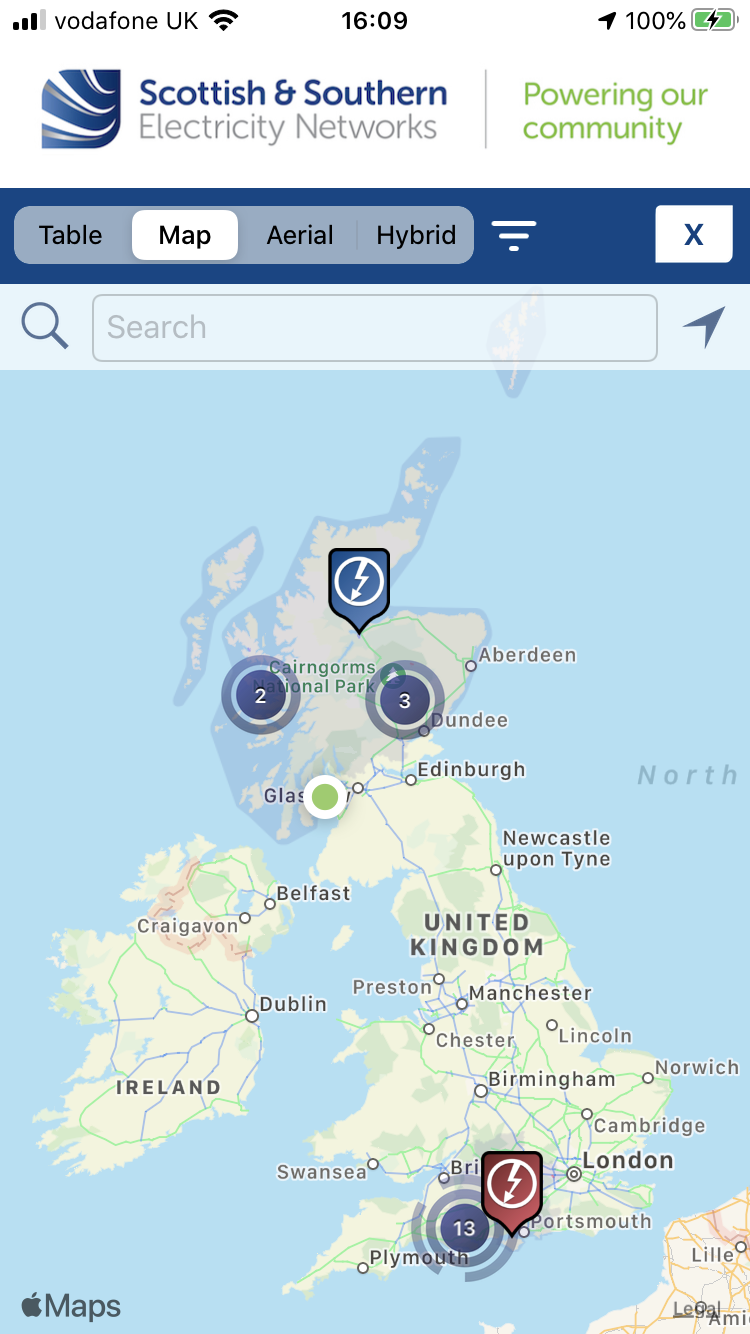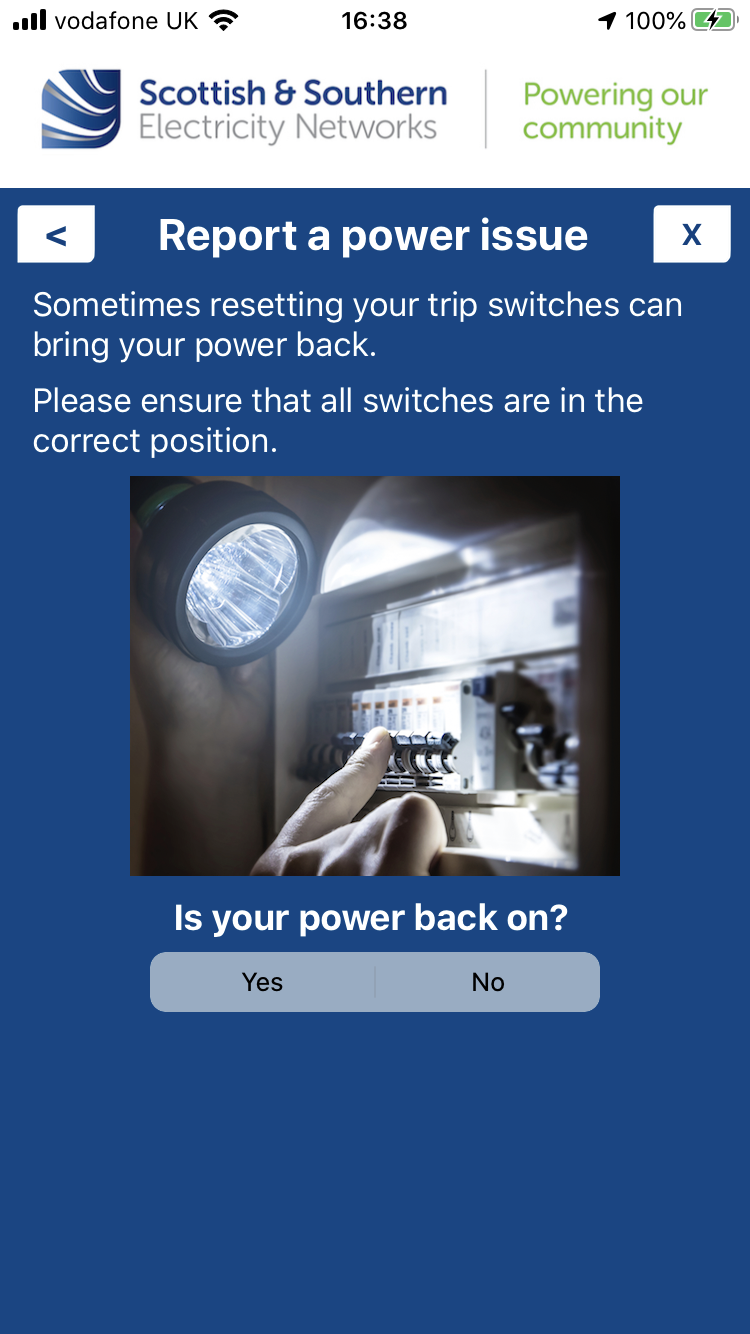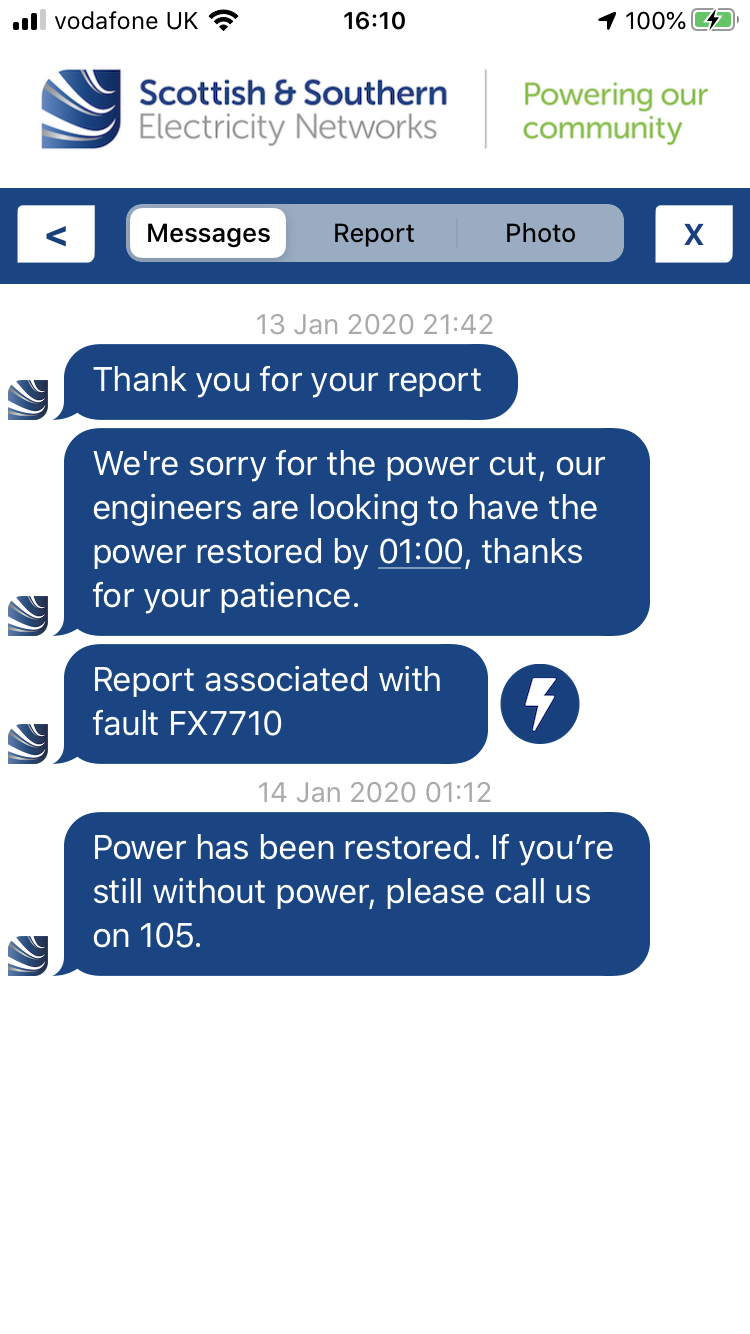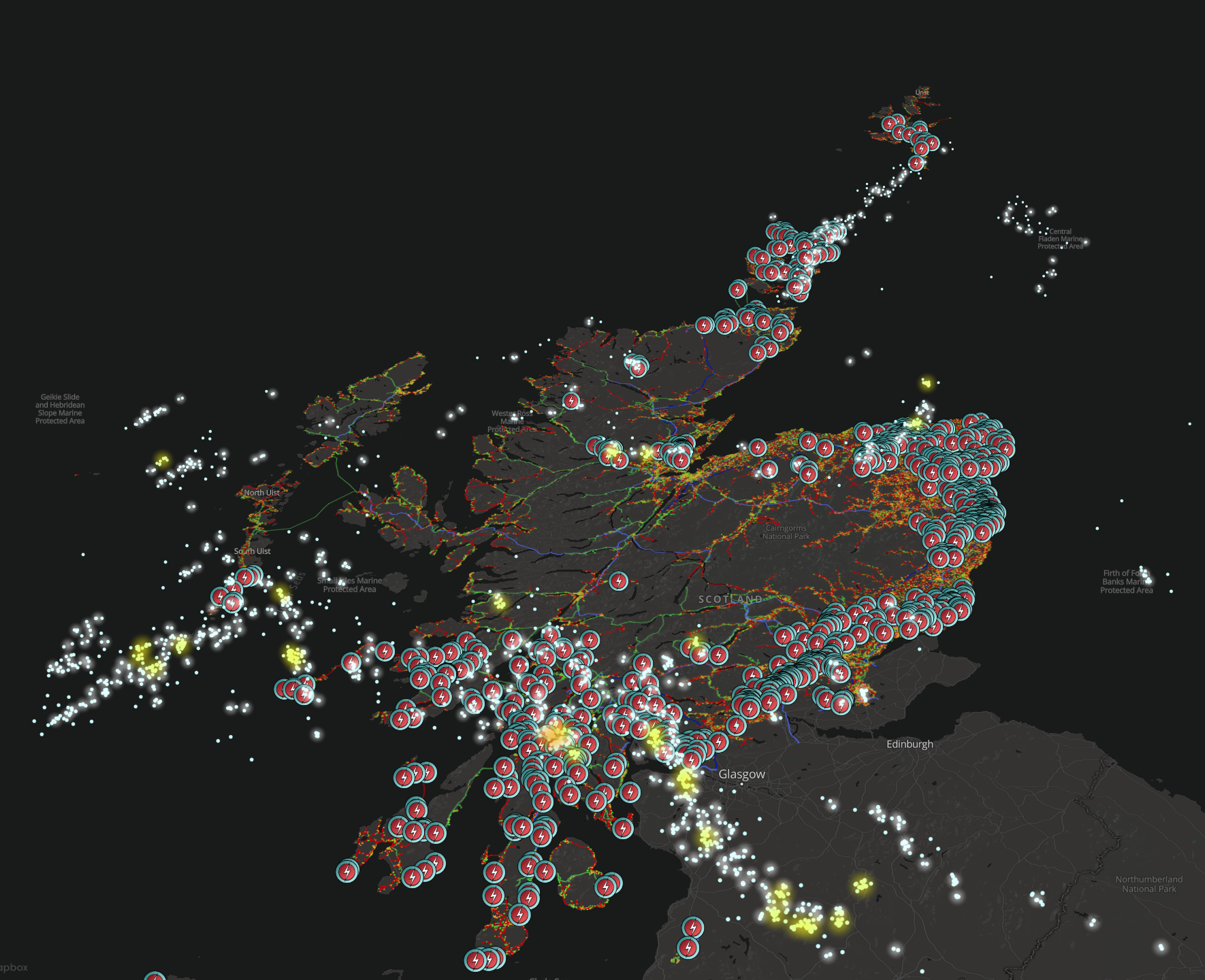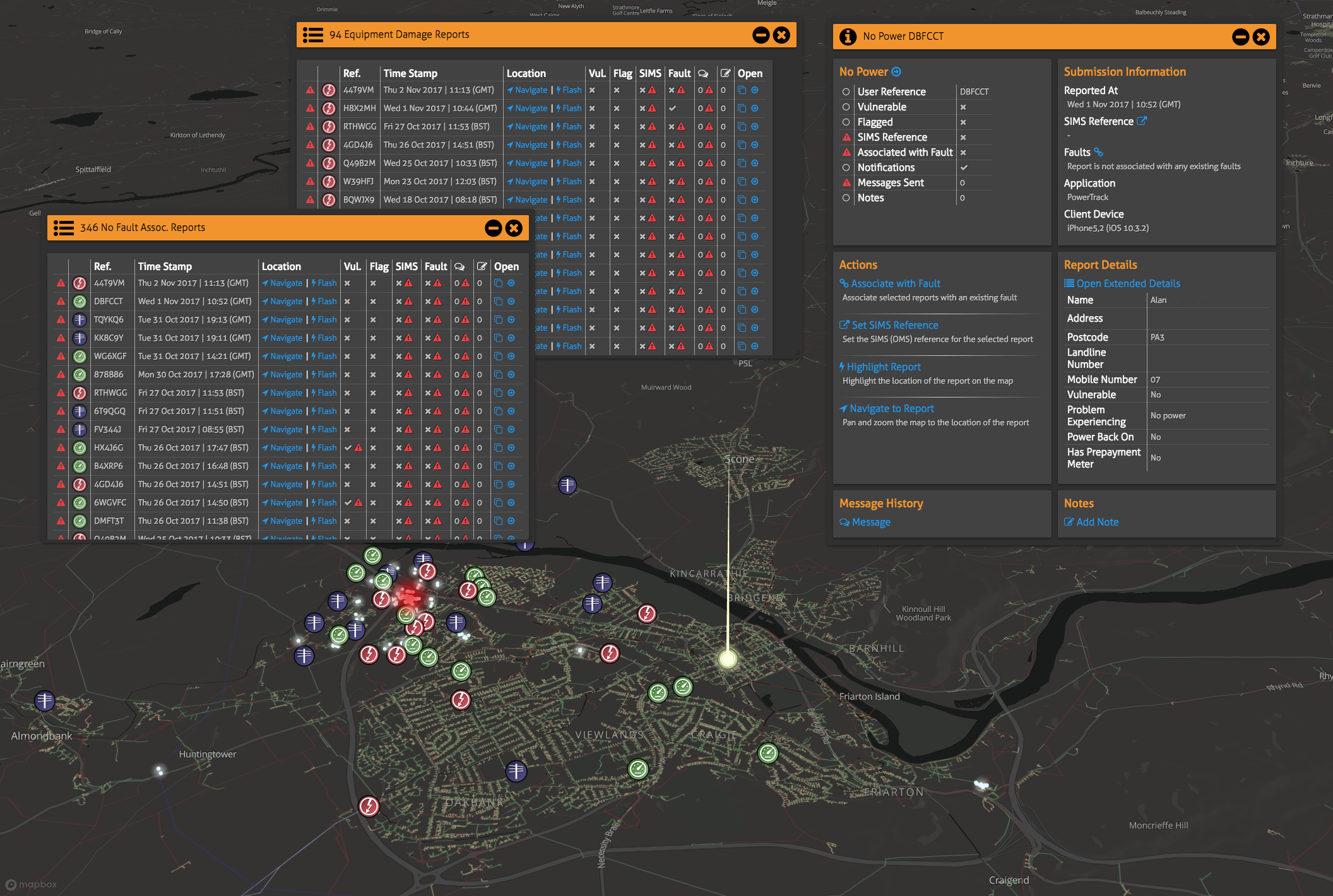Open Grid Systems
For over 10 years Open Grid Systems has delivered industry-leading, model-driven software solutions to utilities across the world. Open Grid Systems’ Cimphony Open Data Engine and Grid Applications software allow utilities to manage their Digital Twin using Open Standards including IEC 61968/61970/62325 (CIM), and full access using Open Interfaces defined by the ISO/OASIS OData v4.0 standard.
Open Grid Systems software is is used to support Network Model Management, Open Data Access, Customer Support, next-generation DERMS, and advanced Data Analytics.
Open Grid Systems’ software is deployed across the world, on premises, in the cloud in AWS and Azure, and embedded within mission-critical control systems at some of the world’s largest energy companies.
Advanced Network Analytics
The animated map you see above is not a static video. As you move your mouse over the map, dynamic data-driven overlays will show the state of generators, loads, and lines.
This is achieved using CIM network and asset data from our Cimphony Concert Network Model Management system integrated with real-time power-flow results from the DERMS Analysis module that drive the data-driven overlays in our Grid Insight geo-visual interface.
Get in touch to find out more about how Open Grid Systems is supporting utilities to create single source, open standard network models, support open data access, deploy advanced DERMS and Market systems to support National Grid’s Platform for Ancillary Services or FERC Order No. 2222, and to request a demonstration.

ISO 9001 Certified
The standard details the criteria for a QMS. The standard is based on a number of quality management principles including a strong customer focus, the motivation and implication of top management, the process approach and continual improvement.
Our certification means our QMS has been assessed and audited by the British Standards Insitute (BSI) against internationally recognised standards and operate at the highest level of quality and service.
Certificate Number FS 70042

ISO 27001 Certified
It details requirements for establishing, implementing, maintaining and continually improving an information security management system (ISMS).
Our certification means we have been assessed and audited by the British Standards Insitute (BSI) against internationally recognised standards and operate at the highest level of quality and service.
Certificate Number IS 708382
Cimphony Orchestra
Cimphony Orchestra is Open Grid Systems’ original model-driven desktop data management, editing, and analysis application for CIM data. The core Cimphony modules provide model-independent services for:
- Data management and editing
- OCL-driven data validation
- Model-driven data transformation
- Schematic visualisation and editing
- Geographical visualisation and editing
- Power-flow analysis
Cimphony Orchestra support multiple data models and formats including established open standards such as CIM (multiple versions including ENTSO-E CGMES 2.4.15) and proprietary formats such as PSS/E RAW (v30-32), CYMDIST, SynerGi and IPSA.
Transformation and validation services using these models are defined using OMG standard languages allowing the rapid development of user-defined data validation rules.
Cimphony Concert
Cimphony Concert is a scaleable, next generation Open Data Engine (ODE) for managing power system data. Cimphony Concert allows users to create a Digital Twin of their system, acting as a Network Model Management (NMM) system with full historical tracking of changes. The system supports the automatic integration of the as-built electrical network asset data with high-volume real-time data from smart meters, phasor measurement units, and SCADA measurement points.
Cimphony Concert is the core database for the industry-leading Distributed Energy Resource Management Systems (DERMS) solution, delivering scalable, high-performance, redundant data storage built on the IEC 61968/61970/62335 Common Information Model (CIM) standards. The ISO/IEC standard OData API provides a rich, standardised API with support for complex querying and integration into standard office tools such as Sharepoint and Microsoft Excel.
Digital Twin
Cimphony Concert is built to support large, complex data sets, supporting the management of full distribution systems and high volume real-time data sources as a fully integrated digital twin. Deployments of Cimphony can store hundreds of millions of data elements and billions of smart meter and PMU readings.
Security
Cimphony Concert is designed to support on-premises and cloud deployments on AWS and Azure, with role-based access controls, support for federated identity management, redundancy, encrypted communications, and encryption at-rest.
Data Visualisation
Cimphony Concert has its own web based user interfaces for data browsing and editing, and integrates with other Open Grid Systems’ products including Cimphony Orchestra and Grid Insight to support data editing and advanced data visualisation using 3D geographical and schematic interfaces.
Micro Service API
Cimphony Concert implements a micro-service interface built on the ISO/IEC OData v4.0 RESTful Application Programming Interface (API) standard. Through this interfaces third party systems can access data at multiple levels of granularity, with full meta-data access.
This approach to external interfaces allows for applications to build their own data interface specifications with a combination of search parameters, filters and expansions to define the query and resulting payload, rather than relying on static, pre-built interfaces with fixed structures.
The interface provides a machine-readable meta-data definitions using the standard OData Entity Data Model. This allows external systems to access a fully annotated meta-model definition directly from the API including data types, relationships and properties.
The event-driven notification interface allows systems to register for changes at the data-set, type, record or property level. This enables real-time integration between multiple systems using a micro-service architecture built on open, secure RESTful APIs.
OData v4.0 API
Cimphony Concert uses the IEC/ISO approved OData standard to define its RESTful API. This OASIS standard is supported by multiple external systems including standard productivity software including Power BI and Microsoft Excel. The API can be used with OData client libraries or as a simple RESTful endpoint accessed using standard HTTPS connections.
Event Driven Notifications
Cimphony Concert manages and tracks all changes to data within the underlying databases. External systems can register to be notified on changes to data in real-time. This is used to manage the interactions between Front-End Processors, Analysis Engines,Market Participants, and Market Balancing Engines in next-generation DERMS platforms.
Complex Queries
The OData interface supports complex queries, with filtering, sorting and expansion of associated data elements. This rich query language allows external systems to access as-built, realtime and historical data via the RESTful API.
Grid Reporter
Grid Reporter is a smart-phone application, allowing customers, internal staff, emergency services, contractors and other utility personnel to report outages, damaged equipment and fallen lines on Android and iOS devices.
Grid Reporter provides improved customer engagement with sub-30 second submission of outage or damage reports with an automated, real-time identification of the corresponding electrical network component based on the submitted geographical data.
Customer Engagement
Improved response time to customers with live updates on the status of their report via standard smartphone notifications
Enhanced Information
An attached photo allows the operators to quickly determine if the faulty equipment is one of their own assets.
Improved Resoration Time
Customer-submitted photos allows for faster assessment of damage by operators to reduce restoration time and customer minutes lost.
Data Quality
Accurate location data from smartphone GPS & magnetometer combined with customer-verified matching, allows for accurate fault location identification.
Instant Report Submission
Reduction in time to submit an outage report compared to traditional call centre based reporting. During extreme weather events the system allows customers to submit reports instantly, with automated messages informing them of any ongoing problems on the network.

SSEN Power Track
Open Grid Systems also create white labelled versions of Grid Reporter so the Utilities’ own branding and styling can be incorporated. Scottish & Southern Electricity Network‘s (SSEN) Power Track App is an example of this and has been successfully used by SSEN since 2018.
SSEN serves 3.7m customers on their networks across central southern England and the north of Scotland.
Power Track is available on both iOS and Android, offering SSEN’s customers a way to view, report and be notified of planned, live and resolved faults on their network.
SSEN’s customer relations personnel use Grid Insight to view customer submitted reports, respond to those customers, and dispatch crew to the right areas to rectify the faults.
Grid Insight
Grid Insight is Open Grid Systems’ data-driven geographical and schematic interfaces. Grid Insight provides rich web-based user interfaces for visualising and interacting with large, complex data sets using cutting-edge 3D interfaces.
The animated display at the top of this page is an example of the DERMS visualisation plug-in for Grid Insight running on IEC CIM data from Cimphony Concert, combined with power-flow results from the DERMS Analysis module.
Grid Insight is used by utilities for network situational awareness, interacting with customer submitted outage reports, running historical data analysis, and for real-time notification of network incidents including lightning strikes and customer reports of damage to the network.
Clients

